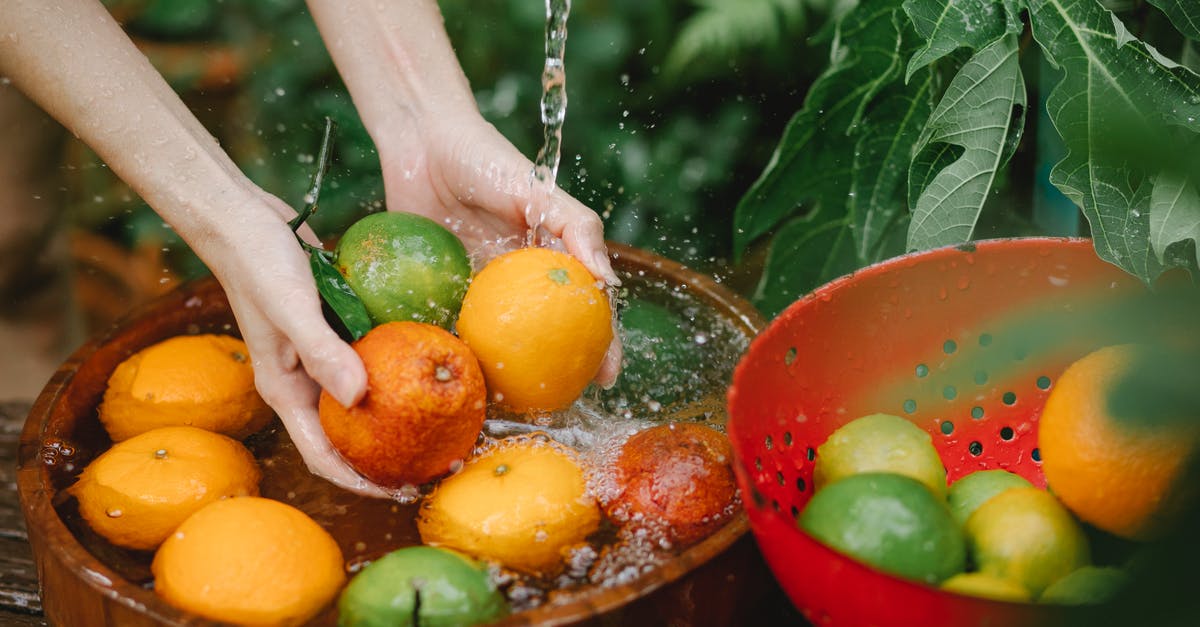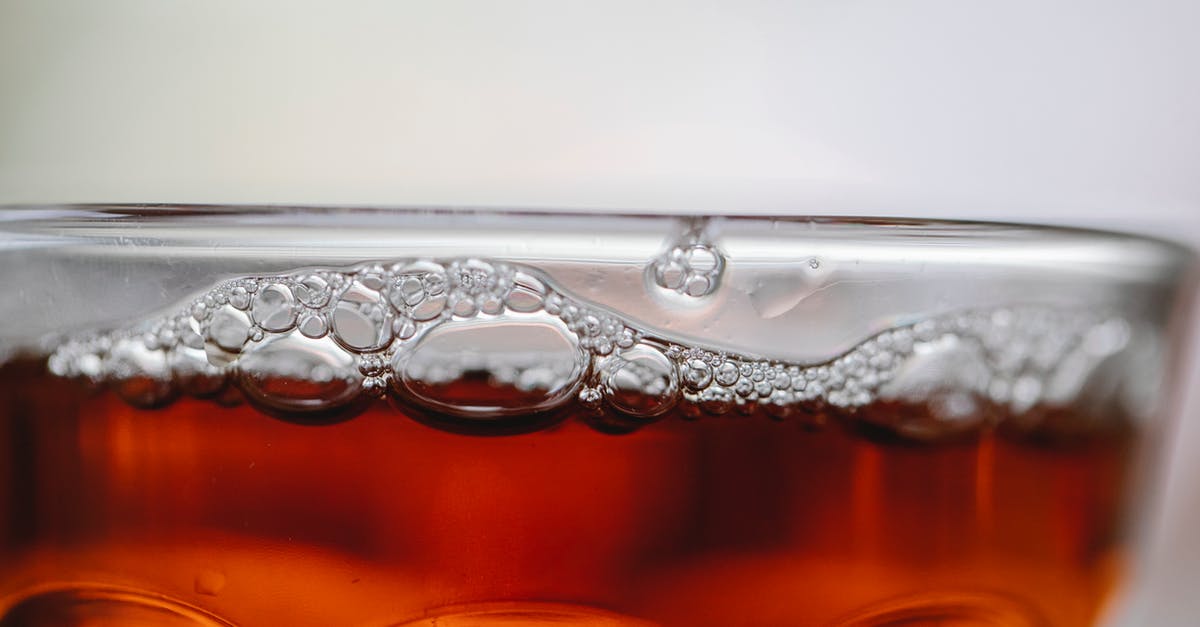What determines if a juice is clear or opaque?

I've always wondered why some juices are usually clear (can be seen through, look like tinted water) and some are non-transparent.
Examples of clear juices are: Apple*, Cherry, Pomegranate, Cranberry, Pineapple*.
*Some Apple juices can be seen opaque. Portion of Pineapple juice can be opaque.
Examples of opaque juices: Orange, Tomato, Carrot.
I figured that most juices are basically mashed fruits and vegetables, so it would be natural for all of them to be opaque, but some of them are clear, and still have a taste. Is it because some juices can't be filtered or because (like with apple juice) the manufacturers have found that customers prefer clear/opaque version of a juice?
Can tomato, carrot and other vegetable juices be filtered clear and still retain their taste? What effects would that cause?
Best Answer
Visible cloudiness is a result of suspended particles of about 1 micrometer (micron) or larger in size. Technically, just about any juice could in theory be filtered to remove those particles. But there are a couple things going on here.
First, any filtering, clarification, etc. does cause some modification of flavor. Flavor compounds can be much smaller than 1 micron, but how they're perceived can be modified by larger particles that contribute to mouthfeel and by their relative concentrations. If you're measuring against the raw food, any change subtly modifies how it tastes. A raw tomato tastes slightly different from tomato juice, which in turn tastes different than tomato water. This can have an especially strong impact on subtle flavors like vegetable juices.
Second, 1 micron is pretty small. The average pore size for your standard drip coffee filter is about 10-15 microns, meaning you have to go a full order of magnitude smaller in order to remove visible cloudiness. Besides physical filtration, there are other ways to do this like gelatin clarification, but those may also remove things like suspended oils or specific flavor compounds. That might be okay if you mostly care about sweetness and you can add artificial flavors back later (as with mass-produced juice blends) but could be a problem if you're going for a very "natural" flavor. In general, more filtering means more processing and more associated flavor change.
Third, you're right that there is a marketing aspect here. Consumers have grown used to certain types of juice being clear (like apple juice) and others being totally opaque (like orange juice). A certain subset might also actually prefer clouded juices, seeing them as less processed (which they generally are) and therefore more "healthy", regardless of whether that's actually true.
In short, you could filter just about any liquid clear through some means or another, but it will taste different, and will likely affect how much people will pay you for the result.
Pictures about "What determines if a juice is clear or opaque?"



What makes juice clear?
Believe it or not, we like our orange juice cloudy. A pitcher of orange juice sitting in the refrigerator that has separated into a layer of solids at the bottom and clear liquid at the top is considered spoiled. Consumers tend to think that clear, unclouded juice has been watered down or lacks freshness.Why is orange juice opaque?
You can discern without difficulty which contains milk (center, opaque), water (at left, transparent) and apple juice (at right, translucent).Is juice transparent or translucent?
Apple juice has a light color but is mostly translucent so light passes through easily. Apple cider is fairly opaque due to the pulp. Similar to orange juice, light passes through and can illuminate it from behind, but it's not translucent like apple juice. Applesauce is almost completely opaque.What Makes 'Cloudy' Apple Juice Cloudy? | Food Unwrapped
Sources: Stack Exchange - This article follows the attribution requirements of Stack Exchange and is licensed under CC BY-SA 3.0.
Images: Any Lane, Ryutaro Tsukata, Charlotte May, KOREAN JH
